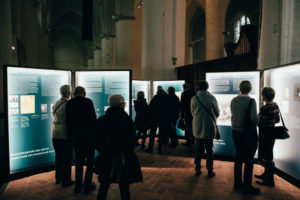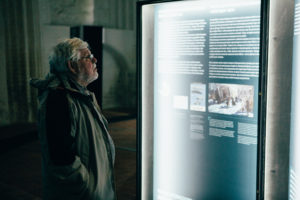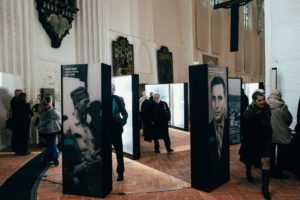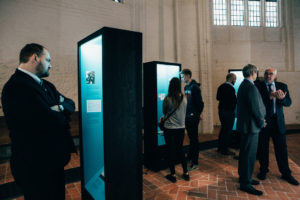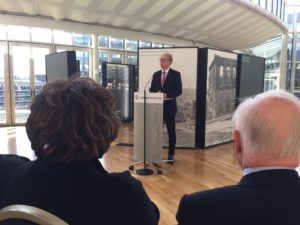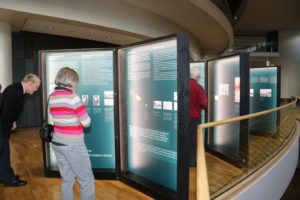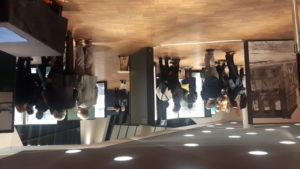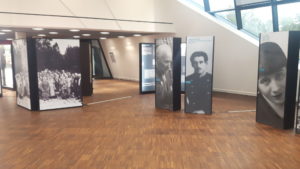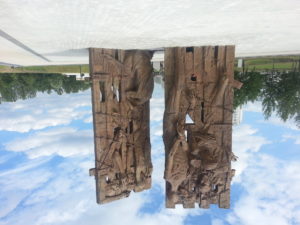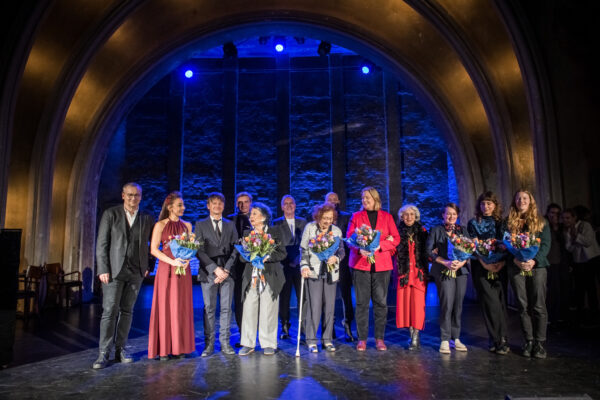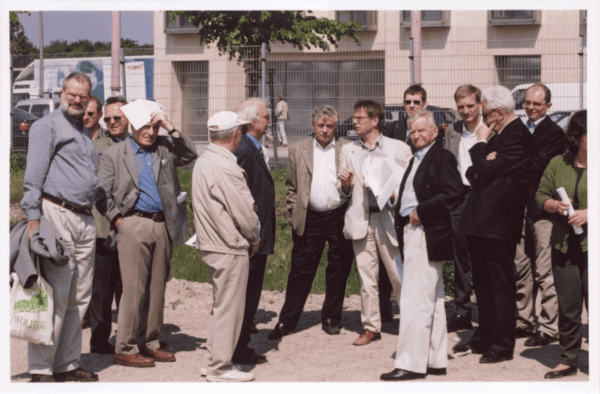Exhibition
The exhibition – a German-Belarusian pilot project – pays tribute to the victims and at the same time shows how and at which places in Belarus, Germany, Austria and the Czech Republic the murdered are commemorated. But it also deals with the topography of murder and the perpetrators. Its aim is to anchor Malyj Trostenez as a European place of action and remembrance in public perception.
Your questions
- +49 30 263943 15
- adam.kerpel-fronius@stiftung-denkmal.de
1. Exhibition venue:
On November 8, 1941, about 1,000 Hamburg Jews were deported to Minsk. This was followed by deportations from Cologne, Düsseldorf, Bremen, Berlin, Frankfurt am Main, Königsberg, Vienna and Theresienstadt. Few people survived, most of them were murdered near Minsk, in Malyj Trostenez.
On the 75th Anniversary of Remembrance of the Deportees and Murdered, the travelling exhibition »Extermination Site Malyj Trostenez. History and Memory« was held on 8 November 2016 in the main church of St. Katharinen in Hamburg for the first time. She was there until 7 December 2016. On 17 March 2017, the exhibition was shown for the first time in Minsk (Belarus).
Background:
Malyj Trostenez, now a suburb of Minsk, was the largest extermination site on the territory of the occupied Soviet Union between spring 1942 and summer 1944. In order to cover the traces, the murderers had the bodies of the victims excavated and burned at the end of 1943. A Soviet commission to investigate National Socialist crimes estimated 206,500 victims in August 1944 – mainly Belarusian, Austrian, German and Czech Jews, civilians, partisans, resistance fighters and Soviet prisoners of war. After 1945, Soviet commemorative signs were created, and large memorials were officially opened in 2015 and 2018.
Origin:
The exhibition, which is being shown in Belarus and Germany, goes back to the initiative of the International Association for Education and Encounters in Dortmund and the IBB »Johannes Rau« in Minsk. The Belarusian State Museum of the History of the Great Patriotic War and the Foundation Memorial to the Murdered Jews of Europe, based in Berlin, played a significant role in its creation. Historians and experts from Belarus, Germany, the Czech Republic and Austria played a decisive role in the project. The curators of the exhibition are Sabrina Bobowski, IBB »Johannes Rau« in Minsk, and Adam Kerpel-Fronius, Foundation Memorial to the Murdered Jews of Europe.
The exhibition »Extermination Site Malyj Trostenez. History and Memory« was funded by the Foreign Office.




